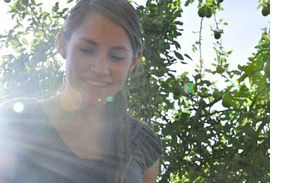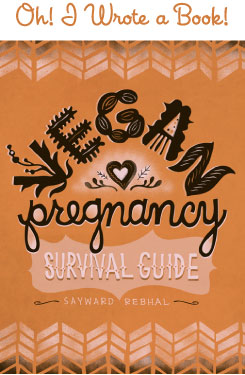
Today I’m delighted to welcome our second guest blogger! Alisa is a long-time Bonzai reader and an accomplished urban farmer. Here, she breaks down the basics of kitchen composting – an important practice that not only reduces waste, but actually produces ‘garden gold’! Thanks so much to Alisa for this awesome contribution.
~~~
It’s such a waste to throw out food scraps, don’t you think? Especially if you’re a gardener or plan to be in the future – you can compost your kitchen waste! Of course, not everything is suitable for the compost pile, but you’d be surprised.
Composting is the decomposition of organic materials into a nutrient-rich substance for your garden. Plants love it and it creates a great add-in to your existing soil or a fertilizer.
SOME THINGS YOU CAN COMPOST:
Kitchen Scraps
Fruit cores, peels (carrot, potato, melon, etc), hard tops of squash, any fruit, any vegetable, and even egg shells are okay
Fresh Grass Clippings
Green Garden Waste
Dead leaves, plants that have stopped producing, bolted lettuce, dead flowers. When you clean out your garden in the fall, add all the dead plants to the compost pile!
Weeds That Have Not Gone To Seed
If you compost weeds that have flowered or have seeds, you’re risking creating more weeds when you use the compost!
Yard Waste
Leaves, needles, twigs, clippings from bushes, straw
Aquarium Water or Algae/Lake Weeds
From freshwater only. These add nitrogen to the compost.
Manure
Partially decomposed organic material that adds rich nutrients to the compost. Dog, Cat, and Reptile should be avoided.
SOME THINGS YOU CANNOT COMPOST:
Diseased Plants
This can harbor the disease and spread it to your plants later on.
Dog, Cat, Reptile Manure
It may contain pathogens that can harm humans.
Gypsum Board
Any housing material is a NO!
Anything From The Side Of The Road
Even if you clean up the dead weeds and grass from the side of the road there is a chance it has been sprayed with harmful pesticides and/or could contain petroleum residues.
THINGS TO COMPOST IN MODERATION
Cardboard
Dryer Lint
Pet/Human Hair
Sawdust
Cloth
Wood Ash
Wood Chips
QUESTIONS TO ASK BEFORE YOU THROW IT IN THE PILE
Did it come from a natural source?
Will it break down? Is it biodegradable?
Does it contain toxins or pesticides?
Do I want this in my garden?
SO I HAVE MY SCRAPS TO COMPOST, NOW WHAT DO I DO?
Collect your kitchen scraps and yard waste daily. Some people conveniently keep a compost bucket on their kitchen counter or under the sink, to add to as they cook. You can empty it at the end of the day to eliminate odor. There are also nifty compost containers with carbon odor-preventing lids.
Create your compost pile out of site and out of “smell.” It can get stinky! Also keep in mind that it may attract dogs, cats, and other animals looking for a snack. So, placing the pile behind a fence or in a protected area might be a good idea.
Once a week or so, turn your pile. Take a pitch fork or a shovel and agitate it, mixing it up a bit. Add different layers, too. If you’ve been adding a lot of kitchen scraps, then add a layer of grass clippings or leaves to help it decompose faster.
Keep working at it and adding on, for about a year. The following spring it should be ready to be mixed into your garden soil.
And I promise, your garden will thank you!
Here are some helpful sites:
Capital District Community Gardens
OrganicGardening.com
Martha!
~~~
 Alisa loves to live life to the fullest! She spends most of her time in her kitchen and garden each day. She is a foodie at heart and enjoys growing a large enough garden to feed her family in the summer months and into the winter. She and her husband grew up in the country but have created a small suburban farm for themselves in the Great Northwest. Gardening, cooking from scratch, preserving and raising their own food is their way of life and they enjoy every minute of it! Follow Alisa’s cooking & gardening adventures at Alisa’s Garden.
Alisa loves to live life to the fullest! She spends most of her time in her kitchen and garden each day. She is a foodie at heart and enjoys growing a large enough garden to feed her family in the summer months and into the winter. She and her husband grew up in the country but have created a small suburban farm for themselves in the Great Northwest. Gardening, cooking from scratch, preserving and raising their own food is their way of life and they enjoy every minute of it! Follow Alisa’s cooking & gardening adventures at Alisa’s Garden.




Pingback: Kitchen Composting | Blog Feature - Alisa